The meteoric rise in technology over the past three decades has completely changed the relationship between teens and media. Teens are often the first group to adopt a new technology.
Get Started for FREE
Sign up with Facebook Sign up with X
I don't have a Facebook or a X account
 Your new post is loading... Your new post is loading...
 Your new post is loading... Your new post is loading...

Elizabeth Roman's curator insight,
April 29, 2015 8:44 PM
Infografía sobre el aprendizaje invertido: ¿Qué apoyo se necesita? ¿Qué se hace dentro y qué se hace fuera del aula?

Bart van Maanen's curator insight,
February 21, 2015 10:17 AM
Uit onderzoek is gebleken dat leerlingen lesstof beter opnemen als ze handgeschreven notities maken. Gewoon leren schrijven en het ontwikkelen van je handschrift blijft dus van groot belang.

Lisa Norris's curator insight,
February 16, 2015 2:12 PM
If we want to build expert learners...we need to take the time to model this ourselves. 
SMARTERTEACHER's curator insight,
February 19, 2015 11:34 AM
The "Sage on the Stage" model must give way to the "Guide on the Side". Concurrently the teacher must model the learners mentality of facilitator of learning.

Vanessa Camilleri's curator insight,
January 27, 2015 6:09 AM
A really wonderful representation of what being digital in this era is all about - learning in the digital era, is more of a contribution rather than a passive absorption of online information. 
veroco's curator insight,
February 10, 2015 12:42 PM
Nice vision : the "modern learning" routines => Read - Comment - Write / Watch - Do - Teach / Contribute - Feedback - Grow... 
Dr. Deborah Brennan's curator insight,
April 2, 2015 9:34 AM
These thinking routines can help teachers move toward teaching processes for learning rather than content alone. In the era of ever increasing knowledge, we need to help students learn how to learn.
That being said, these routines can also be used as a model for teachers by using them as options for professional development,

SMARTERTEACHER's curator insight,
February 1, 2015 11:23 AM
The simplicity of these statements make this seem so easy, but for many teachers these concepts are difficult and scary. The transition to student focus is a difficult one for many who still believe they are the keeper of the knowledge.
Mike Clare's curator insight,
January 6, 2015 10:08 AM
This may be simple but do we always follow the advice given? I know I am gulity.

Andrew Chiu's curator insight,
December 5, 2014 12:11 AM
A matrix to help consider and design learning resources for more personalised learning. |

Ra's curator insight,
June 18, 2015 6:16 AM
Great graphic for teachers to identify the strength of their learning intentions and outcomes.
jane fullerton's curator insight,
March 29, 2015 10:26 AM
Awesome resource for a quick how to tutorial on infographics! |



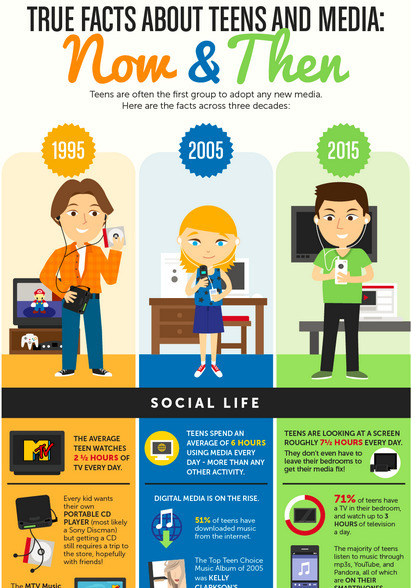

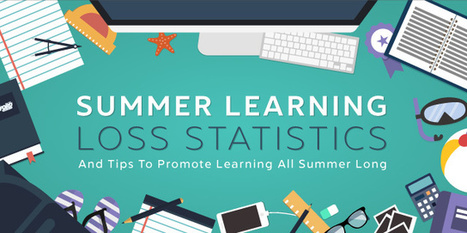






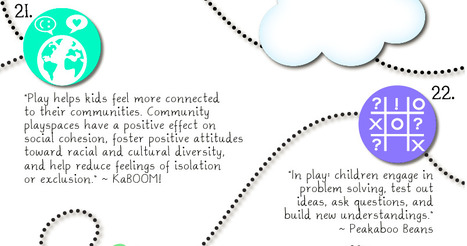
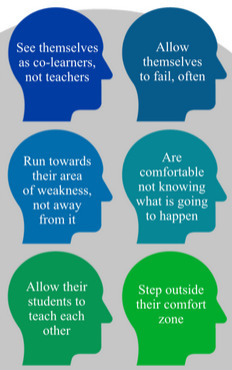

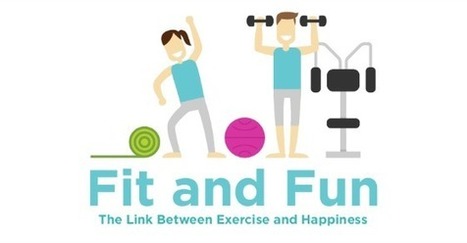
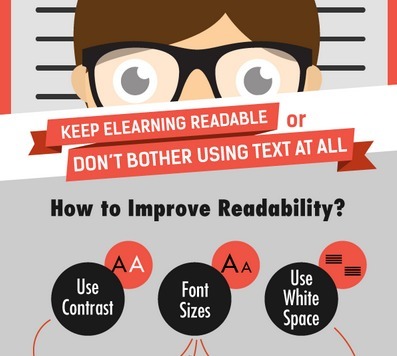
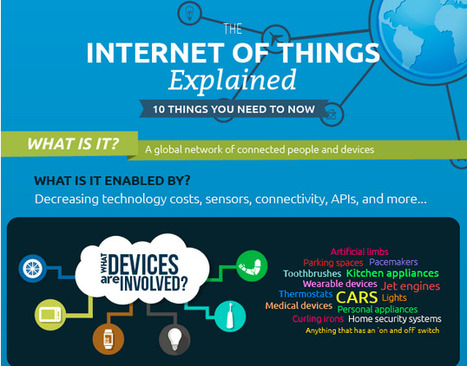
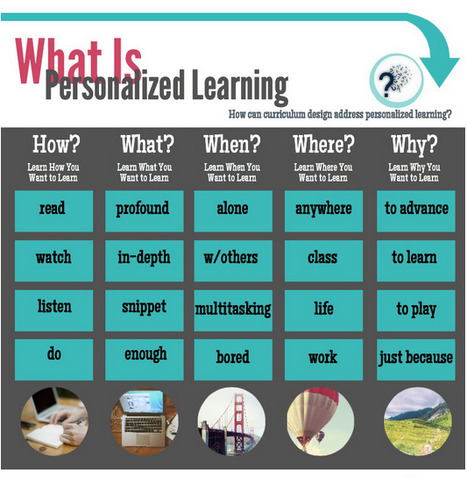
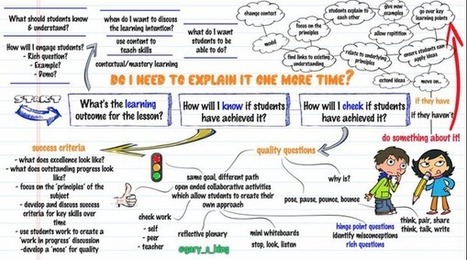
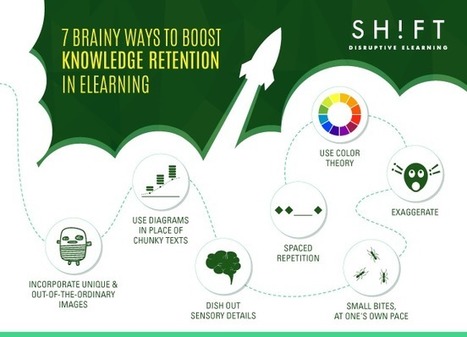
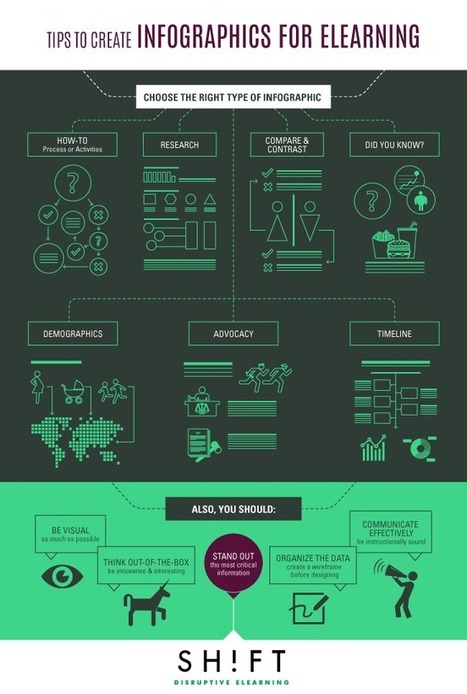
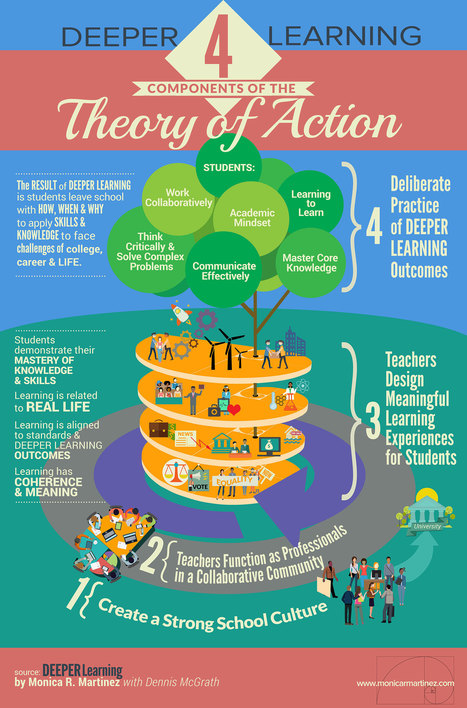

![15 Ways to Beat Procrastination [Infographic] | Eclectic Technology | Scoop.it](https://img.scoop.it/V_0yRgNYaZ3673C8kZ5SRjl72eJkfbmt4t8yenImKBVvK0kTmF0xjctABnaLJIm9)

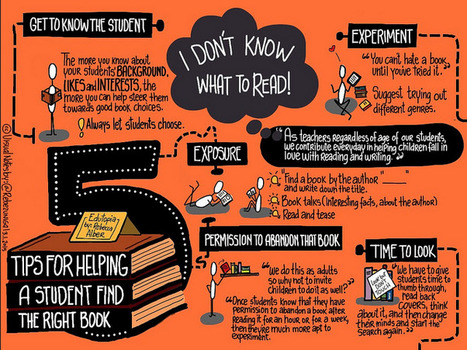

![Things You Never Knew About McDonald's [infographic] | Eclectic Technology | Scoop.it](https://img.scoop.it/LEkQV2Q9psu2DAga-sKHITl72eJkfbmt4t8yenImKBVvK0kTmF0xjctABnaLJIm9)
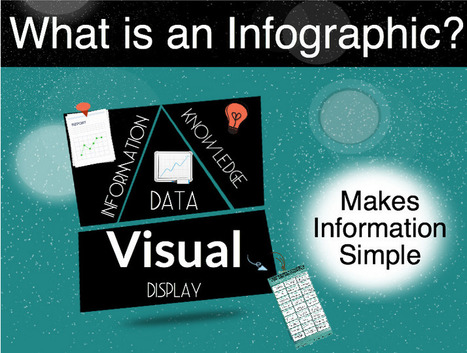
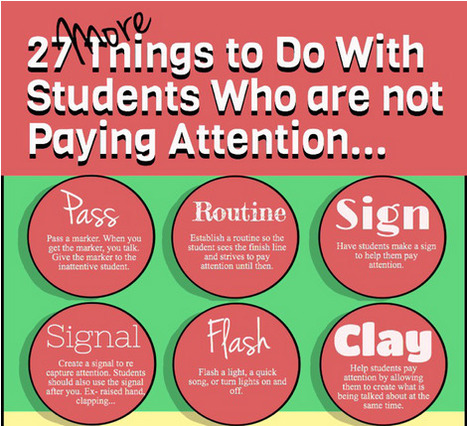





How has teenagers use of social media changed over the past 20 years? Learn more from this infographic which looks at the years 1995, 2005 and 2015. Teens are often the first to adopt new technology, but their patterns have changed over the years. The infographic shares information on social life and social media over the three decades and also looks at how teens are using social media today, specifically discussing Facebook, Instagram, Twitter, Snapchat, tumblr, and YikYak.
This post may be one to share with other faculty as well as parents, and could lead to an interesting discussion with teens in your classroom.